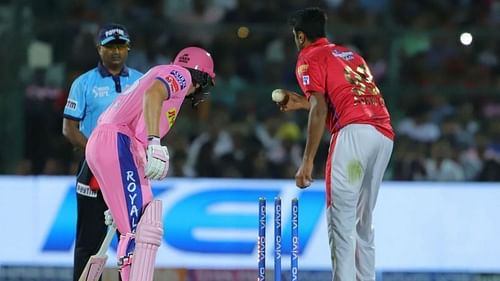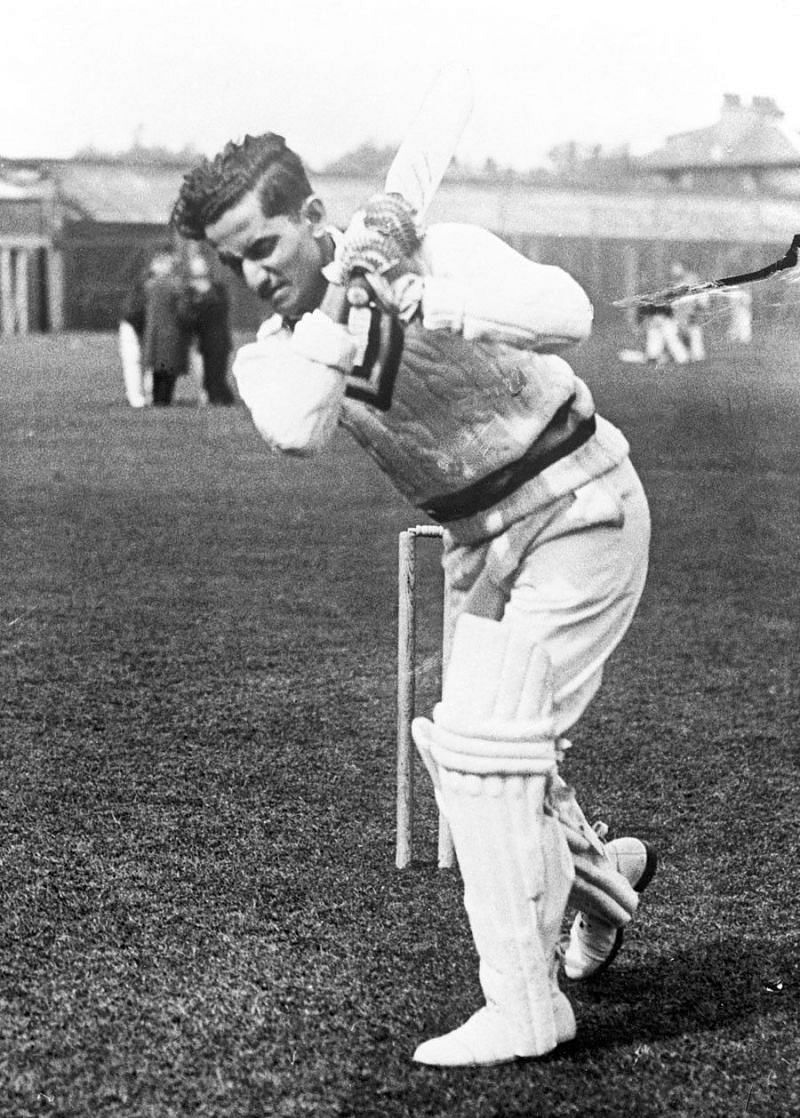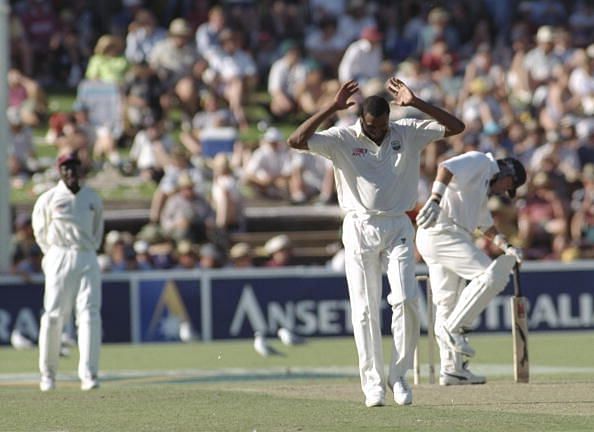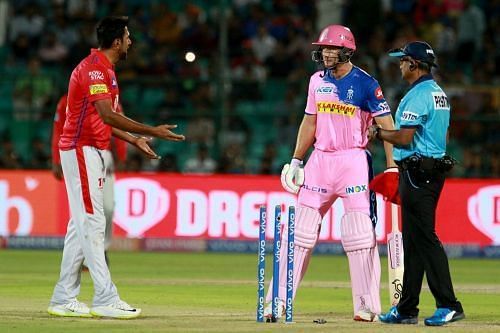
IPL 2019: Ashwin 'Mankad-ed' or Buttler 'Brown-ed'?

Rajasthan Royals looked in control as Jos Buttler was smashing the ball around. Chasing Kings XI Punjab's target of 185, they were at 108 in the 13th over. The Kings desperately needed a wicket.
Ravichandran Ashwin was bowling to Sanju Samson. He ran up to the crease. Buttler, at the non-striker’s end, was walking down the pitch looking at the other end. But Ashwin had halted his delivery stride to knock the bails off at his end and Buttler was caught out of his crease. The third umpire was consulted and he declared the Englishman out.
The incident immediately led to turmoil on social media with questions being raised on the fairness of what Ashwin had done and whether it should have been done. Such was the rarity of the incident. Such was the animosity towards it. It probably wasn’t the turning point of the match, but unfortunately that is what the match would be remembered for, despite some performances from Chris Gayle and Sarfaraz Khan. Ashwin had ‘Mankad-ed’ Buttler.
What is ‘Mankad-ing’?
The act of running out the non-striker before delivering the ball is referred to as 'Mankad-ing'. This is meant to stop the batsman from taking unfair advantage by running well before the ball is bowled. Even though technically it is a run-out, the term 'Mankad-ed' is used more.
The term ‘Mankading' was coined by the Australian media back in 1947 when the cricketing world saw its first such dismissal. Indian left-arm spinner Vinoo Mankad ran out Bill Brown in a similar fashion in a Test match at Sydney during the 1947-48 tour of Australia. This, though, was done after more than a couple of warnings to Brown by the Indians.
Mankad had already removed Brown in the same in a tour game against an Australia XI. Yet, Brown took an early start to ensure Don Bradman retained strike. The Australian captain, Bradman, along with Brown, defended Mankad even though he was heavily criticised by Australian media for being unsportsmanly.
Brown always took full responsibility for the dismissal and Bradman never understood why the dismissal was named after the Indian all-rounder. "For the life of me, I can't understand why (the press) questioned his sportsmanship," Bradman would later write in his autobiography, Farewell to Cricket.

The dismissal, by all means, was justified. Yet, Mankad had to carry the blemish of being unfair. It is such a shame that a great all-rounder, a legend in Indian cricket, is so often recalled for a thing deemed against 'the spirit of the game'.
The term was recently criticised by former Indian captain Sunil Gavaskar. He said it was unfair to an Indian legend and that if the term had to exist, it should be ‘Brown-ed’ as he was the player who tried to break the rules of the game.

Fair Play
There have been a few such instances in world cricket. The most famous, though, was one where the bowler did not run the non-striker out. He instead folded his arms, smiled at him and went back to bowl again. This happened in a World Cup tie between Pakistan and West Indies in 1987. Courtney Walsh, though the West Indies couldn’t win, is still remembered for not running out Salim Jaffer on the final ball of the match when Pakistan required two runs.

What does the law say?
The law states that: “If the non-striker is out of his/her ground from the moment the ball comes into play to the instant when the bowler would normally have been expected to release the ball, the bowler is permitted to attempt to run him/her out. Whether the attempt is successful or not, the ball shall not count as one in the over.”
Earlier, the law was that the bowler was allowed to attempt the run-out only before entering his delivery stride. However, the ICC now permits the bowler to attempt the dismissal before releasing the ball, provided he has not ended his delivery swing. This was adopted in 2011.
Quick-witted or unprofessional?
Ashwin, who ran out Butler, has had to face heavy criticism from current and former players, apart from the fans. The third umpire, a member of the ICC Elite Panel, gave Butler out on what the laws of the game say. There is no denying this.

If you look at the video of the incident, Ashwin pauses a little just before bowling. Buttler kept walking not knowing that Ashwin had stopped. Now, was the pause planned by Ashwin to dismiss Butler in this fashion? Nobody except he would know that. Either way, Buttler, according to the umpire, would not have been in the crease at the time Ashwin was supposed to release the ball (which the law looks at).
"Look, it was very instinctive," said Ashwin after the match. "On my part, it was very instinctive. It was not planned or anything like that. It's there within the rules of the game. I don't understand where the spirit of the game comes, naturally if it's there in the rules it's there."
But it certainly doesn't do any good for the game if people start planning such dismissals. Imagine bowlers stopping their delivery every other over just to check if the batsman's position. Imagine the non-striker staring into the bowler’s eye every time he bowls to make sure he isn’t stopping.
It may be best to listen to the other side to as the final word. "Part and parcel," said Royals captain Ajinkya Rahane at the post-match presentation. "Sadly, we are not allowed to comment on controversial issues. I am sure the match referee will take a call. We take these decisions sportingly."
Follow Sportskeeda for all the updates on IPL score 2019, purple cap, points table, schedule, news, orange cap and fantasy tips.